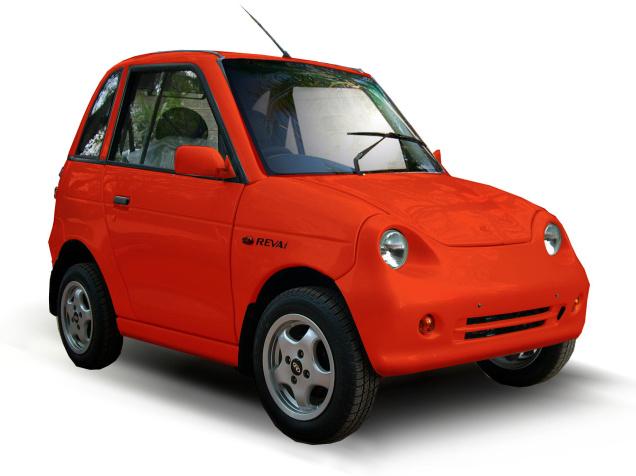It’s encouraging to see emerging marketplaces such as India’s embracing the promise of electric vehicles. Stunningly, they’re high on the civic agenda. It’d be easy to give a pass to such a large and populous country if electric vehicles weren’t high on its list of initiatives but they’re pressing forward.
Here GigaOm’s Katie Fehrenbacher lists her five reasons why the Indian government‘s $4B plan to get 6 million electric and hybrid vehicles on its roads by 2020 faces a tough uphill battle.
The Indian government has reportedly passed a $4.13 billion plan to boost the production of electric and hybrid vehicles, with a goal to have 6 million green vehicles on its roads by 2020. Reuters reports that 4 to 5 million of these vehicles are expected to be electric and hybrid two-wheelers (scooters, commuter cars, electric bikes).
The proclamation could provide a new market for all our electric and hybrid vehicle-focused entrepreneurs looking to find new markets. However, there are at least 5 things I think you should know about this plan:
1). From 0 to 60:
India’s electric car market is non-existent right now. The country has a domestic electric car maker Reva, which has struggled over the years, but which now has the support of Indian conglomerate Mahindra & Mahindra, which bought the company in 2010. Where are these vehicles going to come from? Probably China, if the Chinese electric car market kicks into gear anytime soon.
2). Lofty goal:
The Indian government has long made lofty proclamations like this — Indians call them aspirational, not necessarily goals that have to be met on time. The country’s solar power goal is similarly eye-openingly high. In comparison, China has a similar plan to boost electric vehicle production, but is only shooting for 500,000 electric and hybrid cars on its roads by 2015.
3). Totally different vehicle buyer:
The Indian vehicle buyer fits a totally different profile than the American, European or Japanese electric car buyer. The electric car buyer in these developed markets is willing to pay a premium for an electric or hybrid car — which are generally more expensive now than their gas counterparts — for the opportunity to be at the forefront of technology and greener vehicles. Most Indians are ultra price sensitive and won’t pay extra costs for luxury or greener goods. There is a growing Indian population that are looking to pay a good deal for vehicles, but a lot of those buyers want western models and brands like SUVs and classic luxury cars. These are generalizations but you get the picture.
4). Two wheelers are a bright spot:
The Indian government says a lot of these aspirational vehicles will be two-wheelers, which could have more of a chance of selling in India. But that will depend on the emergence and popularity of an electric scooter or motorcycle being produced at a very low cost, as two-wheeler buyers in India tend to be even more price sensitive. Manufacturers in China are working on these now, so we’ll see how popular these become in India.
5). Power grid problem:
If the recent blackouts are any indicator, India has some real problems with its power grid. If the country adds millions of vehicles plugging into the power grid, that’s going to add an even greater strain on it. If the Indian government is serious about plugging in vehicles to its grid, it needs to invest in the grid simultaneously, as well.











